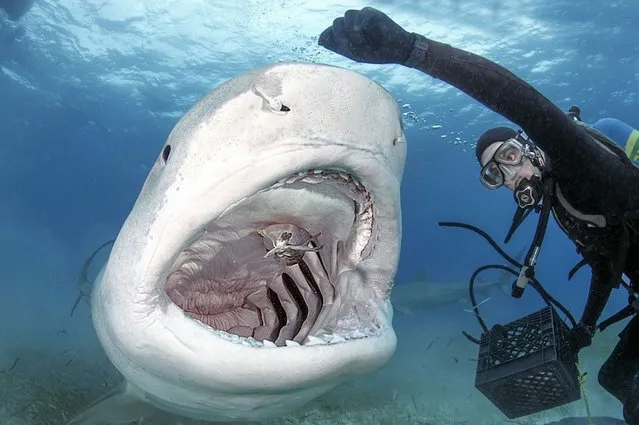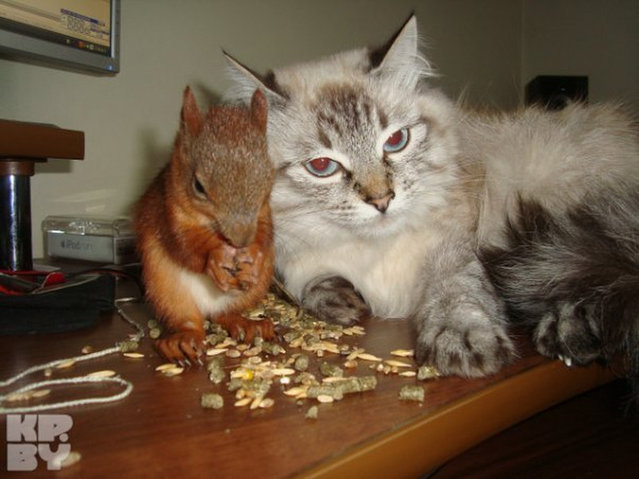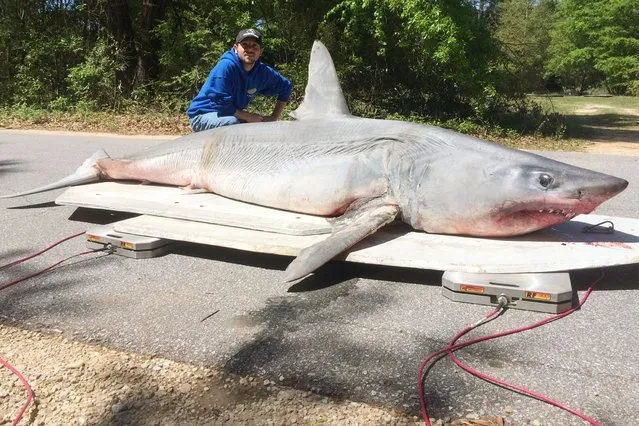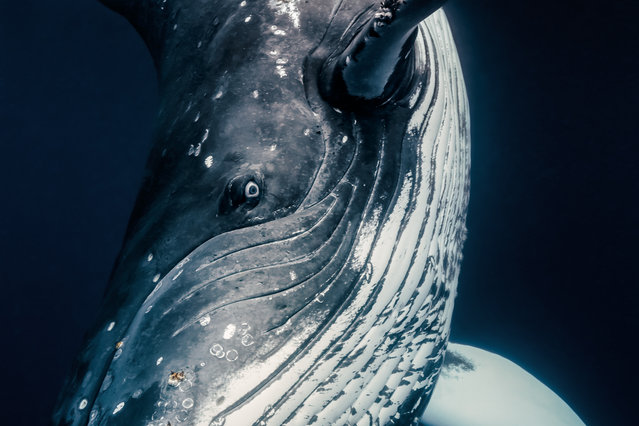
“It doesn’t look like a relaxing swim in the warm waters of the Bahamas. But for Vincent Canabal it is all in a days work when it comes to feeding his favourite a 16-foot long Tiger shark Emma. The 34-year-old qualified doctor has been diving with sharks since he was just. His passion has taken him around the world”. Barcroft Media via The Daily Mirror. Photo: Sharks fed by Vincent Canabal near Tiger Beach. (Photo by Vincent Canabal/Barcroft Media)
15 Dec 2013 10:10:00,post received
0 comments







